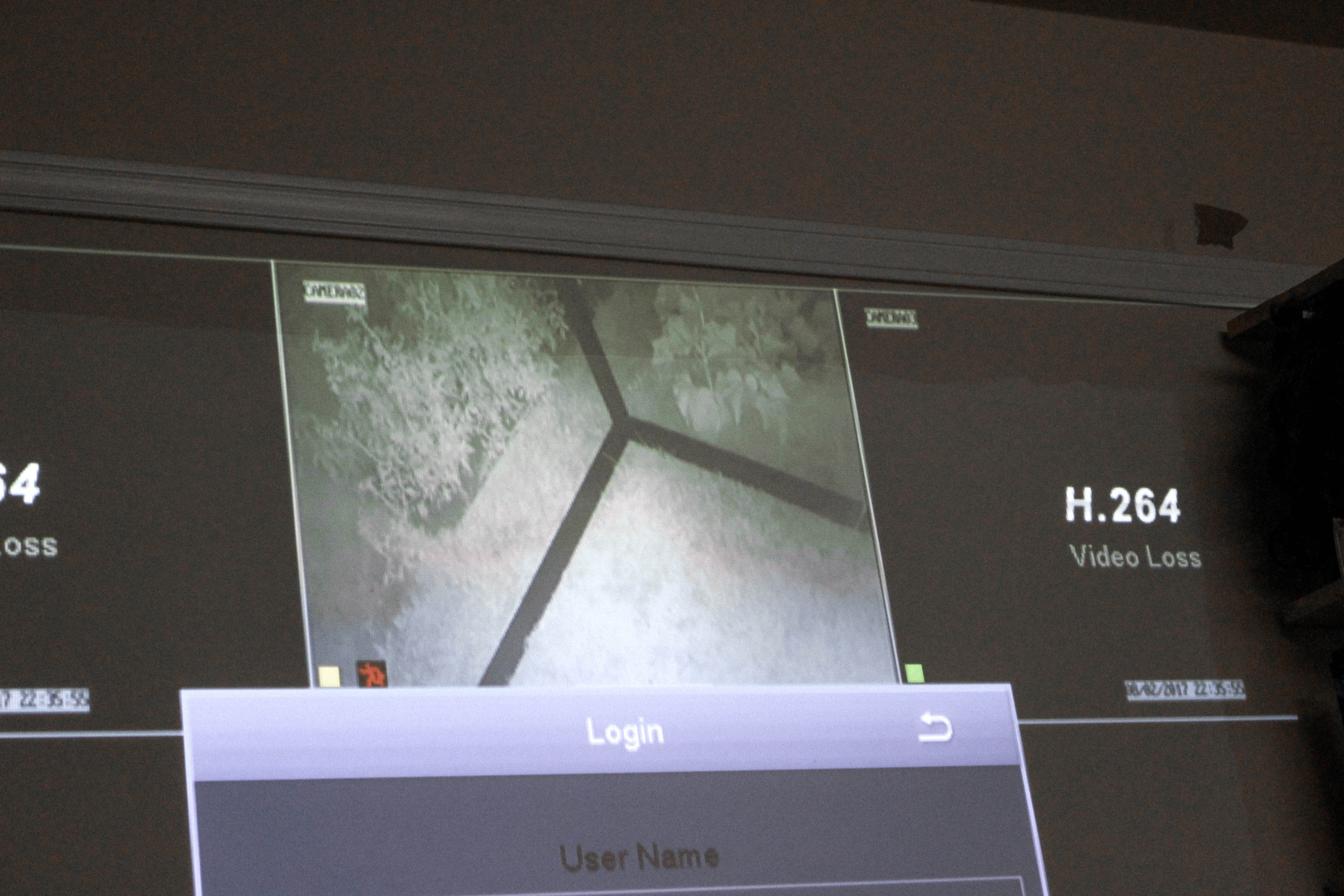Penny White Fellowship Project
2017
The expanding layer of networked activity in public spaces increasingly compromises the personal privacy of the users of those spaces, both intentionally and through negligence. This project examines of the erosion of our “reasonable expectation of privacy”* in public spaces through review of technical documentation of urban security networks and location-aware applications, with attention to industry acknowledged obstacles to complete awareness. Those obstacles, along with personal counter-surveillance tactics documented online by privacy advocates, are then adapted for use by designers of the built environment, constructed, and tested for functionality.
* In 1967, the Katz v. United States ruling on wiretapping public phones extended Fourth Amendment protection to all areas where a person has a “reasonable expectation of privacy” (Katz v. U.S. 1967), but surveillance regulations are commonly written into privacy legislation worldwide (Norris 2002). Prior to ubiquitous digital surveillance, public spaces came with the assumption that, although you may be photographed, your personal information would remain private (Konovalov and Sokolov 1960). The inherently covert nature of surveillance falsely preserves a sense of personal security in public places.
Garden Installation





Field Work
(documentation coming soon)
Guidebook
(documentation coming soon)